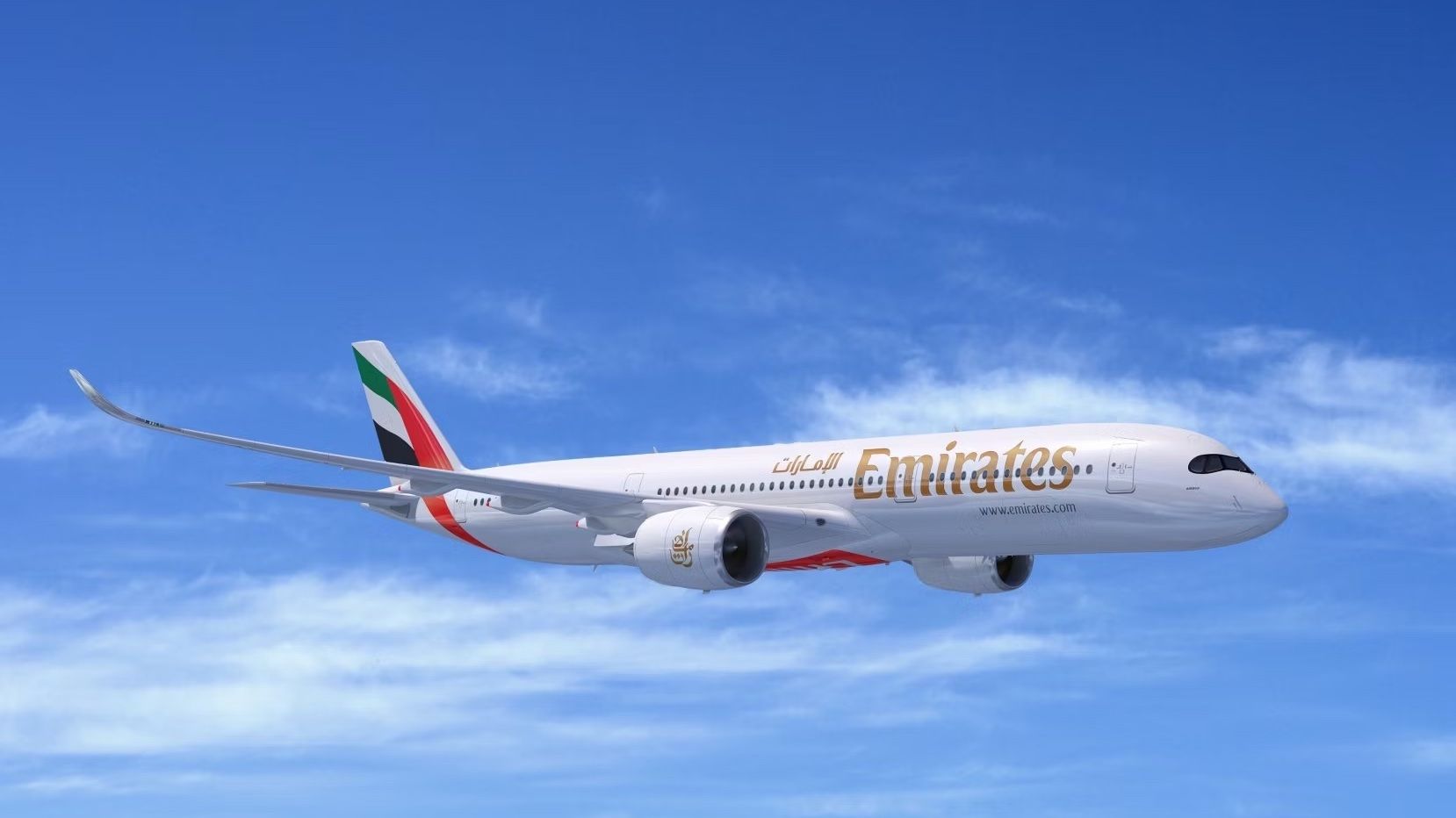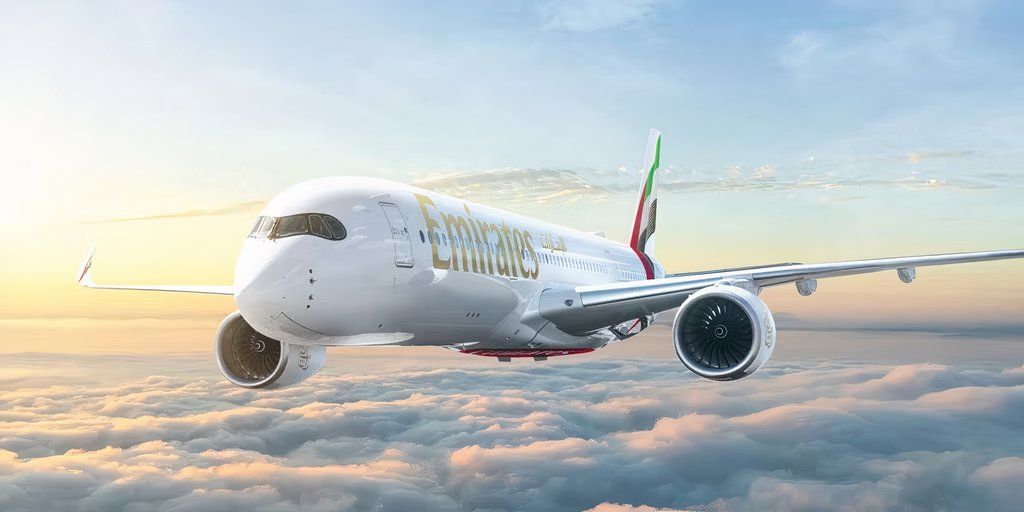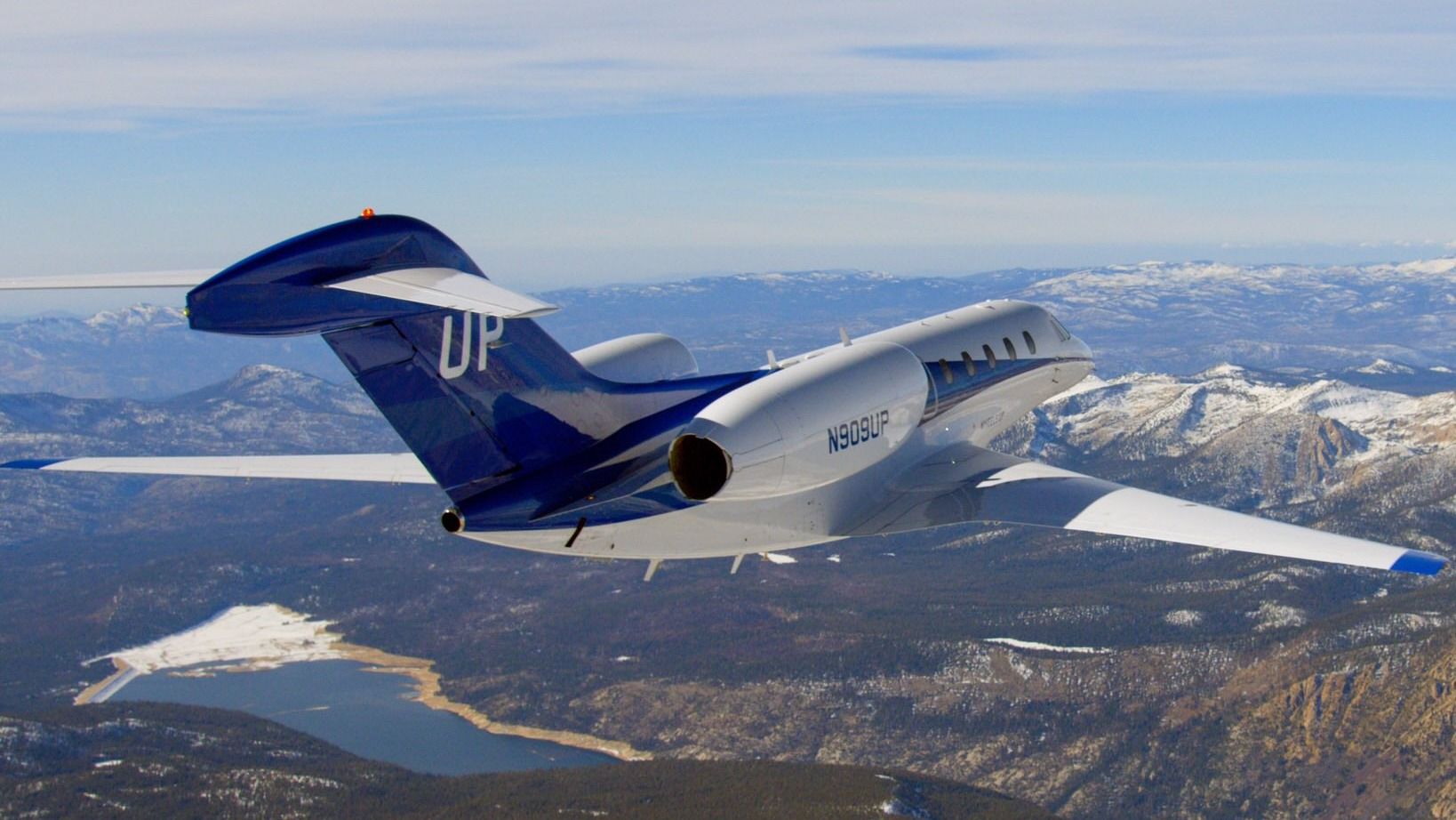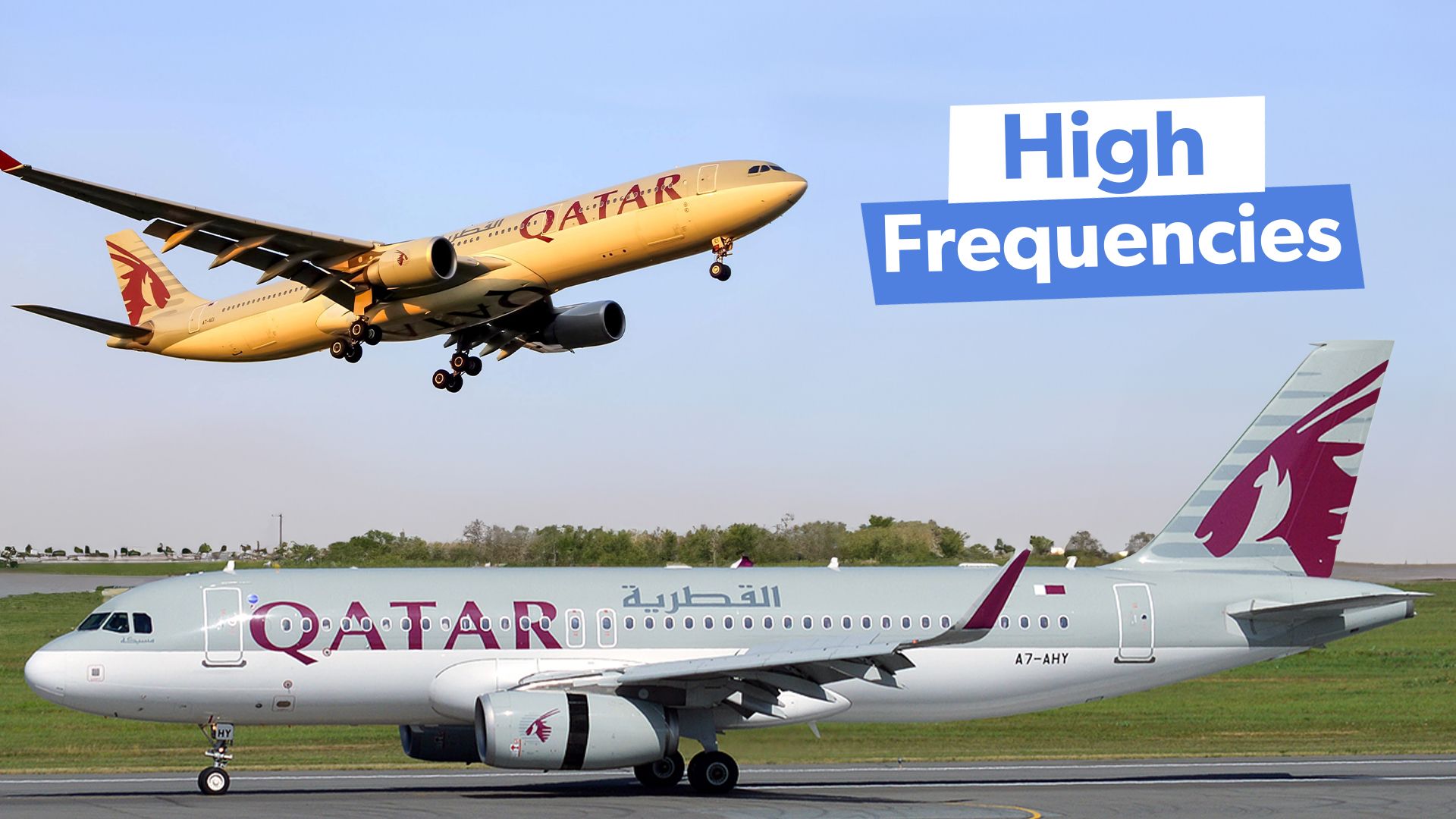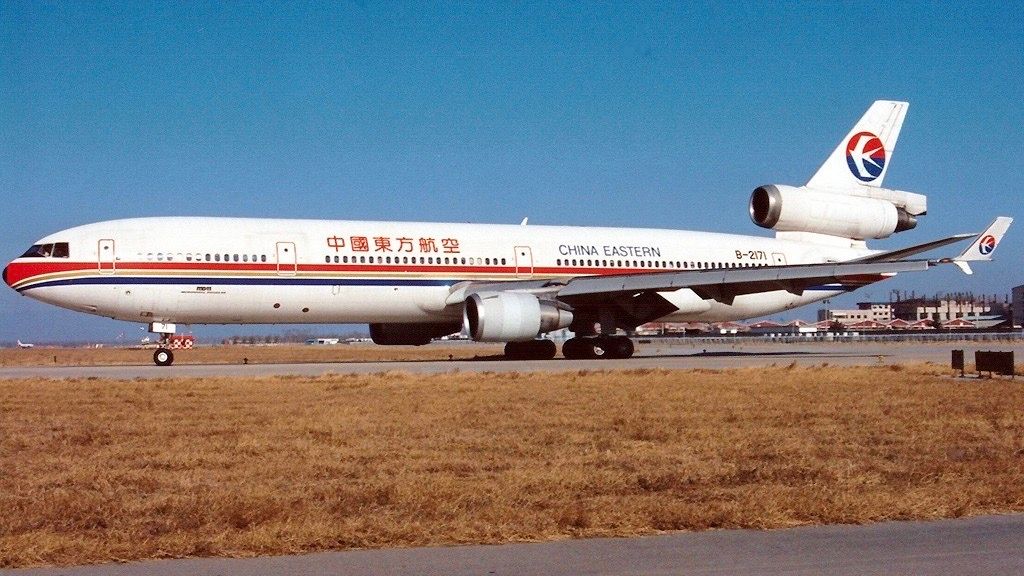Summary
- Emirates is set to integrate the new A350-900 fleet, leading to a transformation of its long-haul network.
- The A350 cabin configuration reveals no first-class seats, hinting at a shift in route strategy for the airline.
- The nitial A350 routes will focus on regional connections and secondary destinations in Europe and South Asia, catering to leisure travelers.
With 65 Airbus A350-900 airliners set to join its fleet, which currently consists of just Airbus A380 and Boeing 777 widebody jets, Middle Eastern flag carrier Emirates undoubtedly has a major task on its hands. Once a long-time proponent of a fleet commonality strategy, the major international airline will now be tasked with integrating a new family of aircraft into its ever-growing long-haul network.
The Airbus A350-900 is the first in a series of new aircraft types that will join Emirates in the coming years. Boeing 787 and Boeing 777X jets are slated to be delivered to the airline by the end of the decade. In just a few short years, Emirates’ fleet could look largely unrecognizable compared to what it does today.
Photo: Emirates
The first stage of this monumental transformation will take place later this year, and the Airbus A350 deliveries are set to commence by the end of summer. The airline has already announced cabin configurations for the new A350-900 jets and has also indicated which routes the plane will be first deployed on.
Nonetheless, as a completely different aircraft type with new operational capabilities, capacity, and range, the airline will need to integrate the jet into its fleet and help it find its niche within the extensive Emirates network. One cannot deny that Emirates certainly has their work cut out for them.
A new role
The A350-900 will be equipped to serve a completely different purpose in comparison to the airline’s traditional Airbus A380 and 777 jets, something that can easily be observed from examining the aircraft’s anticipated cabin configuration. According to reports from One Mile At A Time, the Emirates A350-900s will be arranged as follows:
|
Class: |
# of seats: |
|---|---|
|
Business class |
32 |
|
Premium economy |
21 |
|
Economy |
259 |
This stands out in sharp contrast to the airline’s Airbus A380 and 777s, primarily because it lacks a first-class cabin. There are a select few Airbus A380s that feature a high-density 615-seat configuration that lacks first class, alongside a handful of 777s that do as well.
But the noticeable absence of a first-class cabin on the Airbus A350-900, not just for a handful of aircraft but for the entire 65-jet fleet, is interesting to note. As a result, it is safe to say that Emirates does not anticipate its A350s serving as traditional long-haul premium workhorses.
This also leads to an interesting question about what Emirates plans to offer on its A350s in business class. The airline’s 777 business class product is decisively underwhelming, with an unideal 2-3-2 configuration limiting direct aisle access and the privacy of most international business class cabins.
However, the presence of 32 business class seats on the A350 hints towards a cabin with just four seats per row, which would offer a standard direct aisle 1-2-1 configuration. In premium economy, the airline will likely deploy three rows of seven seats, offering a 2-3-2 configuration. Currently, the airline’s only premium economy products are in service on certain Airbus A380 flights and are arranged in a 2-4-2 configuration.
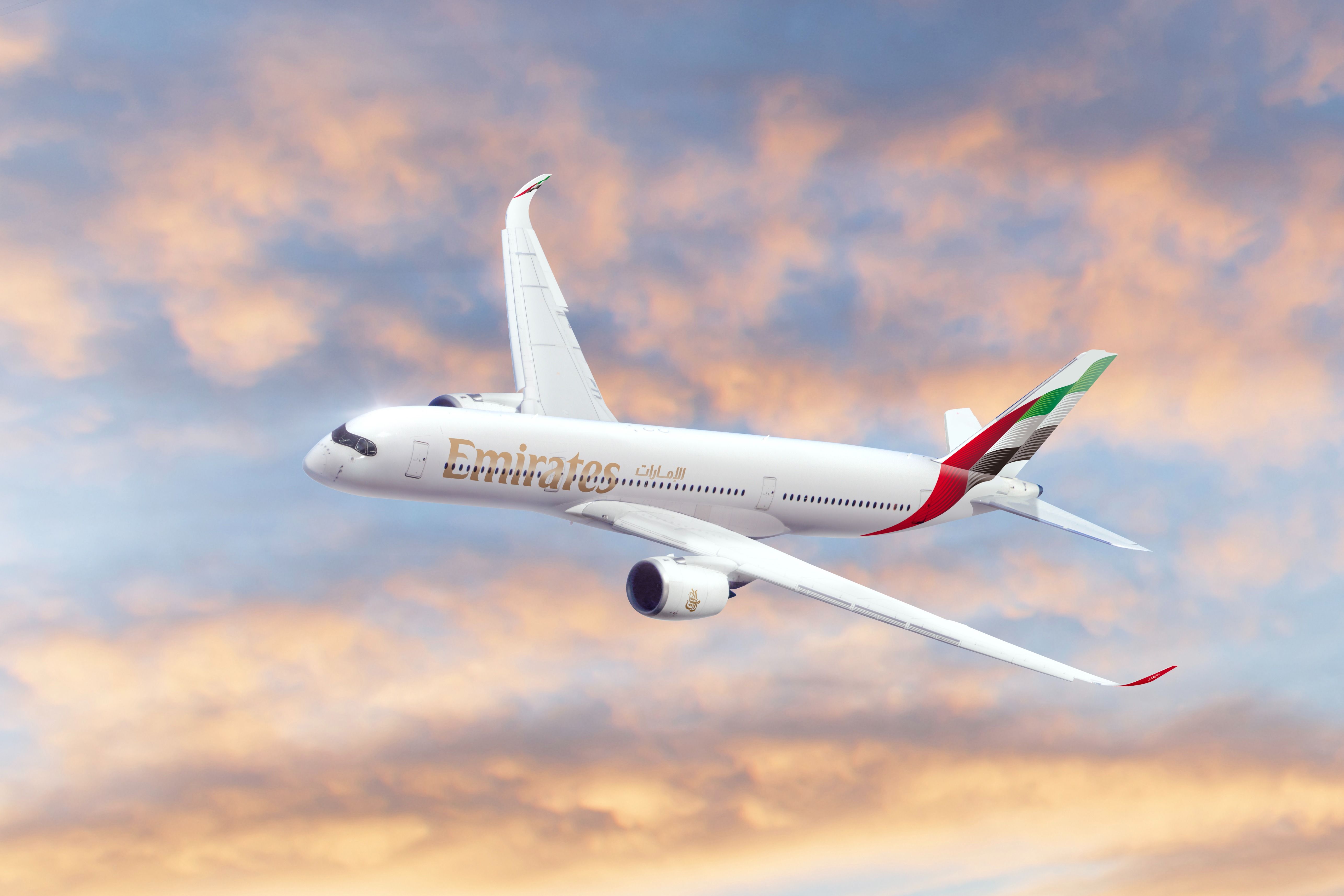
Related
Emirates Needs 5,000 Cabin Crew For Its Airbus A350s
The carrier has 65 Airbus A350s on order, which are due to start joining its fleet later this year.
The airline’s choice of configuration for its next-generation widebody fleet is interesting and implies that the airline is aiming for a shift in its route strategy. Traditionally, the carrier has focused on large-scale hub-to-hub routes that are saturated with premium demand. These A350s, however, are optimized to serve slightly less premium routes and are ideal for serving secondary cities and leisure destinations.
A unique slate of initial routes
There have been other hints as to exactly how Emirates plans to integrate A350 operations into its network, one of which came earlier this week when the airline announced the first nine routes that its jets would serve. Of the 9 routes scheduled to see regular A350 service by the start of next year, almost all of them fall into one of the following two general categories:
- Regional connections between the airline’s hub at Dubai International Airport (DXB) and other airports in the Middle East
- Long-haul connections to secondary destinations in Europe or South Asia
The Airbus A350 is undoubtedly robust, and the choice to use the jet on shorter regional routes makes a lot of sense, considering the lack of a first-class cabin. Few passengers will be willing to pay for first-class luxuries on a one or two-hour flight to destinations like Bahrain (BAH) or Kuwait (KWI), both of which are slated for A350 flights.
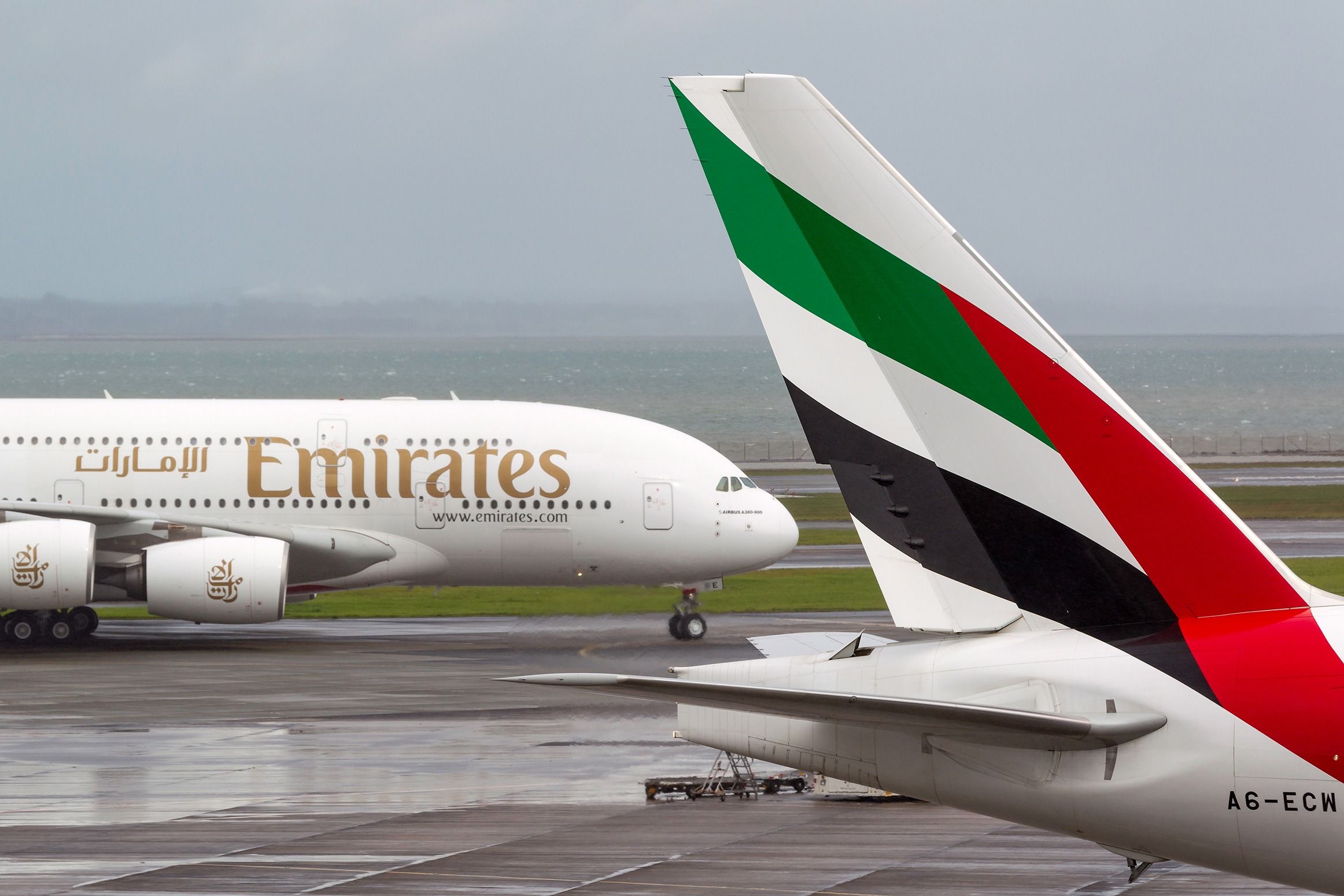
Related
5 New Airplanes Coming To The Emirates Fleet
Following the Dubai Airshow 2023, where Emirates had made substantial orders, Simple Flying explores the airline’s order book.
Currently, the airline deploys some of its older-generation aircraft equipped with no first-class cabin on these routes. Bahrain, for example, is served by the carrier’s older 777-200LR jets, over which the A350-900 will be able to offer a significant improvement in operating efficiency.
The second kind of route that Emirates aims to deploy its A350s on is a little more interesting to explore and hints at a similar shift in network strategy that the airline’s cabin configuration also points towards. Services to secondary cities in Europe like Lyon (LYS), Edinburgh (EDI), and Bologna (BLO) will utilize the A350, which will allow the airline to efficiently serve this market without worrying about there being enough premium demand to fill these cabins. According to the carrier, the airline is also planning on capitalizing on the aircraft’s capacity as a freighter, transporting up to 16 tons of cargo per flight.
The carrier is also set to fly its A350s to some secondary destinations in South Asia, such as Colombo (CMB) and Ahmedabad (AMD), both of which are likely to offer weaker premium markets than major hubs like Delhi. Overwhelmingly, the airline’s choice of routes and configurations on the A350-900 hints towards a forthcoming shift in Emirates’ long-haul strategy, which will prioritize serving smaller destinations that could not previously be profitably served by heavy, high-premium widebodies.
Notably, Emirates will also deploy the aircraft on a traditionally high-demand route from Dubai to Mumbai (BOM). This route demonstrates that the carrier may be looking to use the aircraft to bolster capacity on some premium routes where more demand is needed, but not in first class. Furthermore, the A350 may be able to operate additional services to high-demand destinations, possibly at times that are inconvenient for business travelers or other high-paying demographics.

